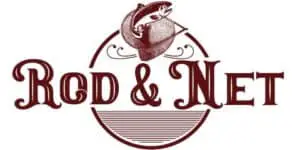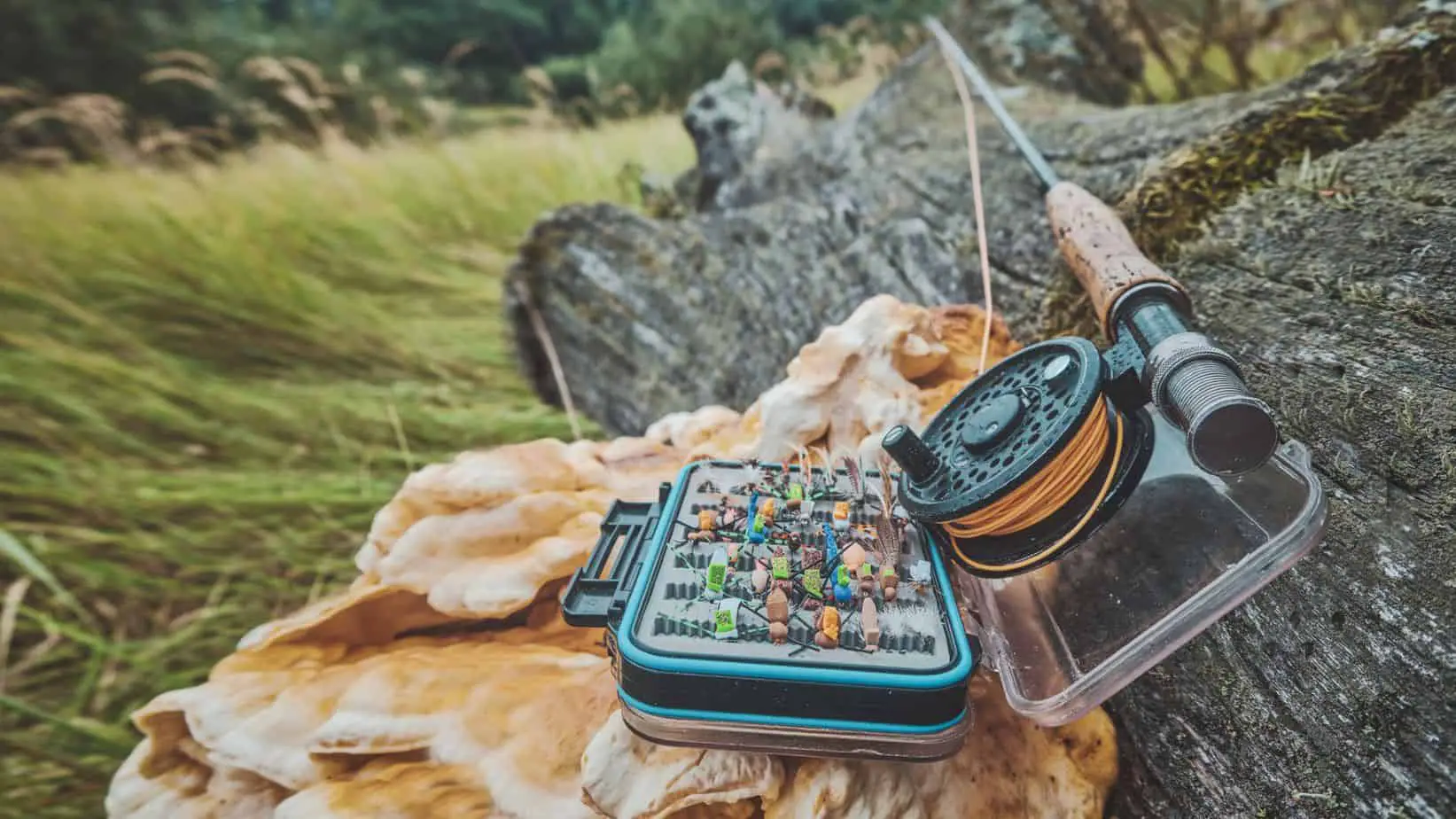With any fishing style, different techniques will increase hookups and diversify the species targeted. Nymphing is one of these techniques that can bring you into a whole new world of angling with fly fishing. With any of these styles, there is specific equipment required. So, what is a nymphing rig?
A nymphing rig allows fly fishers to imitate insects in the nymphal stage of development. The rig submerges under the surface and entices fish with a different presentation from the standard fly.
Using a nymphing rig is a great way to land bigger and better fish.
What Is Nymphing?
If you’re asking, “What is nymphing,” start with this article.
Nymphing is a fly fishing style that replaces the common fly with one that imitates aquatic insects in the developmental stage in their lives. This is a big part of a fish’s diet, so nymphing will help you capitalize on a different food option fish have.
The big difference between nymphing and dry fly fishing is it takes place under the water’s surface. Using the nymphing rig, you can put your fly deeper in the water column and target fish that aren’t necessarily sold on the dry fly.
To learn more about what is the difference between wet flies and dry flies, read this.
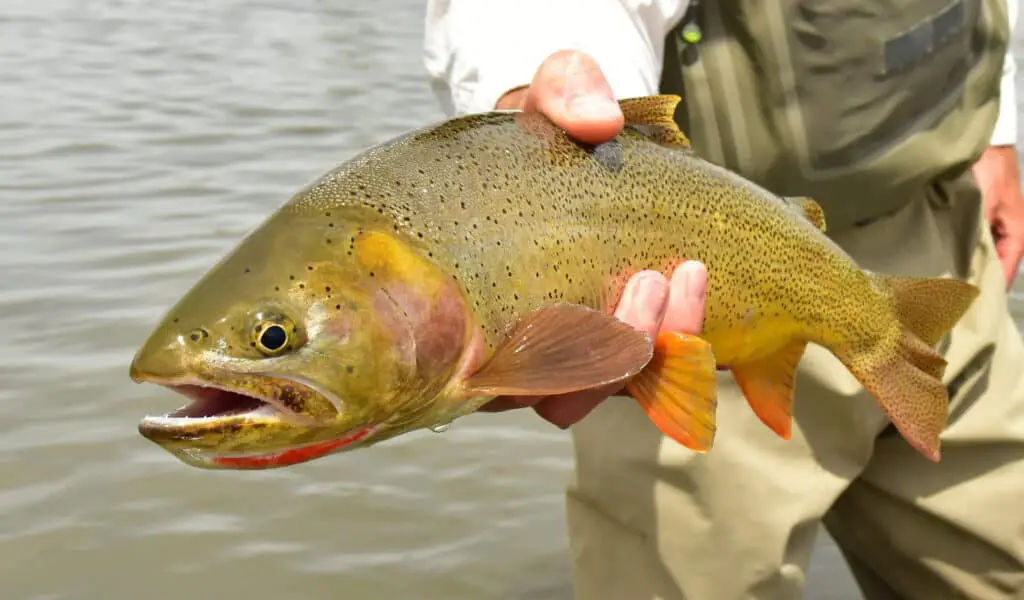
Where Can Be Nymphing Be Useful?
The great thing about nymphing is that it can be used very often and in many situations. Because these developing insects are a big part of many species’ diets, this is a good, all-around technique to know.
If you know how to nymph, you can switch it up when dry fly fishing isn’t working out. Nymphing can turn an entire trip around because you can target a whole demographic that has no interest in a dry fly.
There is no one scenario where nymphing shines. It is so versatile and can be a good plan to change things up. From deep, dirty rivers to clean, shallow streams, nymphing can be used just about anywhere.
The first step is to understand what a nymphing rig is and what is its parts.
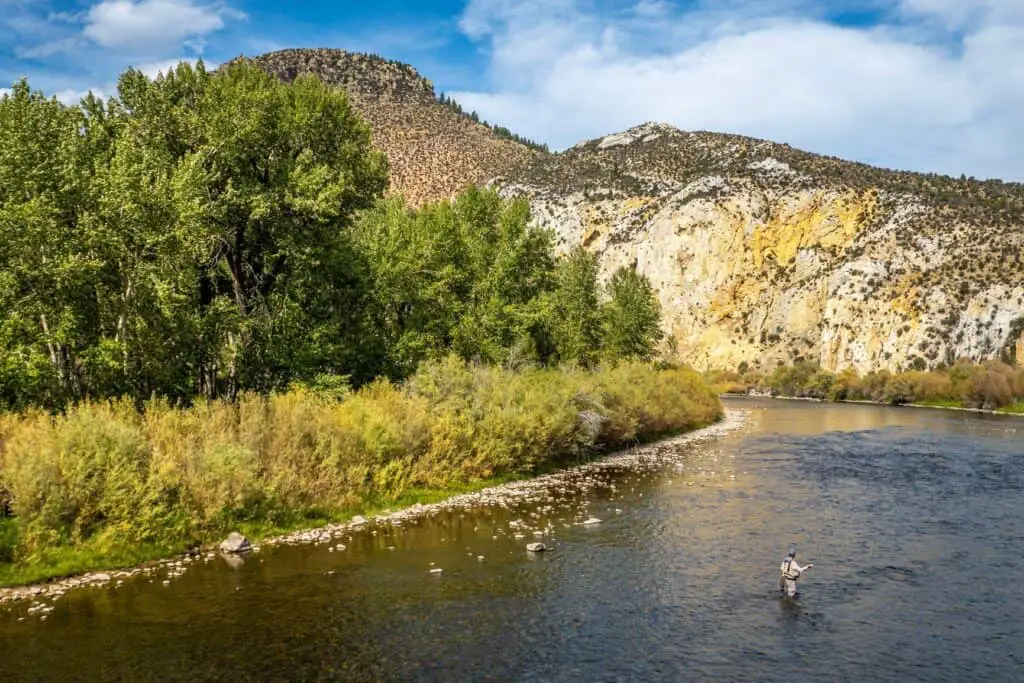
What Are The Parts Of A Nymphing Rig?
There are five main parts of the entire nymphing rig. This section will lay out each and give details about their importance, practical use, and functionality. Here are the five main parts of a nymphing rig!
Nymph
The first and foremost part of the nymphing rig is the nymph itself. Like dry flies, there are many varieties, colors, and sizes to nymphs. Each one serves a specific purpose in a particular scenario. Here are some common types of nymphs.
Terrestrial Hatch
A terrestrial hatch includes a lot of creatures and insects that are not flies. This includes beetles, ants, crickets, and grasshoppers. These are great for grassy areas with a fair amount of brush as these will naturally be in the environment.
This is a bit of a different presentation than the normal fly nymph, but diversifying your techniques is a massive part of fly fishing.
Mayfly Hatch
A mayfly nymph is one of the most common and versatile of the bunch. Since Mayflies typically hatch in May, the late spring and early summer seasons are perfect for throwing one of these nymphs. You should always have these nymphs on you because of how many different situations they can be used in.
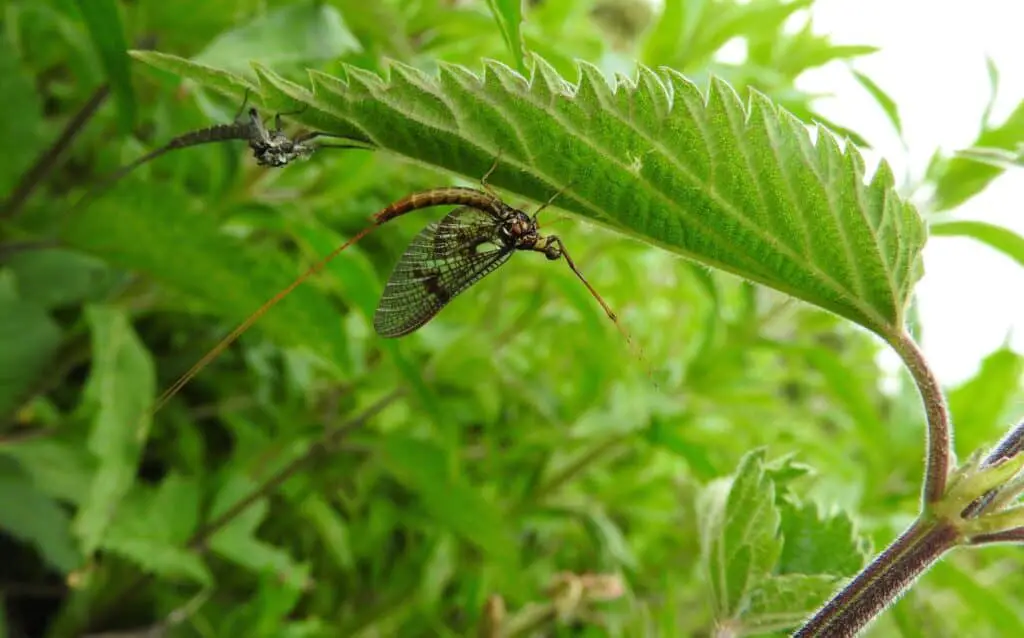
Caddisfly Hatch
Technically speaking, caddisfly don’t have a nymphal stage in the cycle, so caddisfly nymphs are the larva or pupa. That doesn’t affect how it is fished or what you need to do, but it is an interesting fact to understand fish feeding patterns.
These are popularly used in areas with a good mix of brush and rock because this is the Caddisfly’s natural developmental environment.
Stonefly hatch
A great summer option is the stonefly nymph. This is mostly because the hatch happens in June and July in many North American areas.
A specific type of stonefly nymph is the golden stonefly. It has a gold color and imitates the natural hatch very well. This fly is a mainstay in a lot of anglers’ fly boxes.
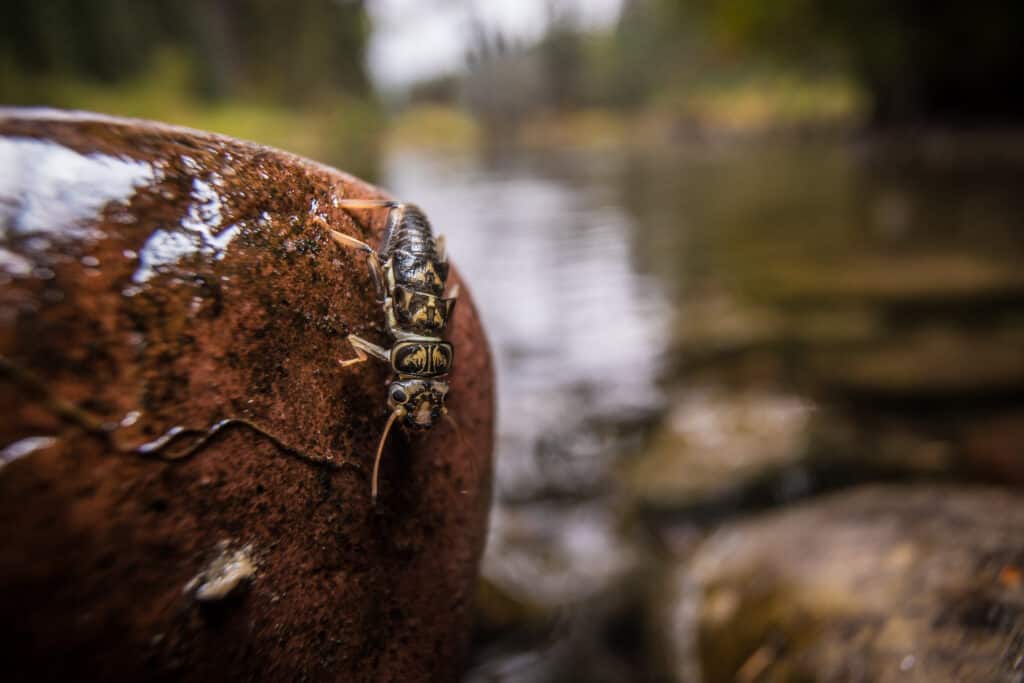
Others
A great way to think outside of the box is by nymphing with something you might not even think of. Generally, a type of fly is the most common, but other aquatic insects can be used. These include scuds, leeches, dragonflies, and midges.
These are all cool ways to diversify your presentations and try something you normally wouldn’t. When the fishing is tough, throwing on one of these and trying something out of the ordinary can be very beneficial.
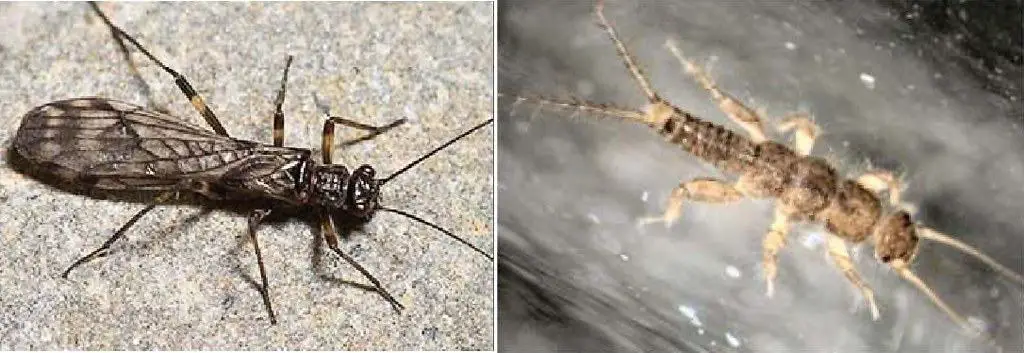
Tippet
A tippet is basically the leader for the leader. This connects to the leader and is what you tie the nymph to. This is an essential part of the rig because it holds the weight in the appropriate area.
Generally speaking, this should be about a foot long, but this depends on your situation. It could be anywhere from 10 inches to 18 inches, depending on the scenario.
Want to know more about tippets? Read, “What Is A Tippet In Fly Fishing?“
Leader
The leader is fairly straight forward because you will still use one when dry fly fishing. Like everything else, the size and weight of the leader depends on the conditions. For example, if you are in a fast-moving river, you may need a beefy leader, whereas, if you find yourself at a slow, shallow creek, the lighter, the better.
Strike Indicators
Because this technique is usually under the water, having a strike indicator can help. Like many aspects of fishing, this piece of equipment comes in a few variations, all based on your conditions and setup. For example, murky and dirty water probably calls for a slightly different variation than when fishing clear water.
Another critical factor is how quickly the current is moving. This plays a big part in how accurate your strike indicator will be.
How you fix the indicator on the rig is yet another important aspect to consider. Finding the right spot to put in on your leader can be the difference-maker.
To be more specific, you want to put your strike indicator two 2/3 to ¾ of the way up the leader. This allows the nymph to get deep in the water column while still being visible. This also helps you manage how deep you want your nymph to go—adjusting the strike indicator based on your specific depth.
If you want an even more formidable challenge, you can use a naked nymph, which is nymphing without an indicator.
Learn more by reading “Fly Fishing With An Indicator” and “Best Strike Indicators For Fly Fishing“
Weights
Since nymphing happens below the surface, it is necessary to have something that weighs it down. The shallower the water, the lighter the weight should be. Depending on the depth, you might not even need any additional weight.
Whether it be led or tungsten, the added weight should sit just above the merger of the leader and the tippet. This allows the line to take down the nymph into the desired strike zone. Like everything else, it is important to change your strategy and weight when in different scenarios.
Conclusion
All in all, nymphing can provide you with access to fish you otherwise wouldn’t have. By having these tools on hand and the knowledge you have gained in your head, you can turn your next fishing around to be in your favor!
Good luck, and have fun!
